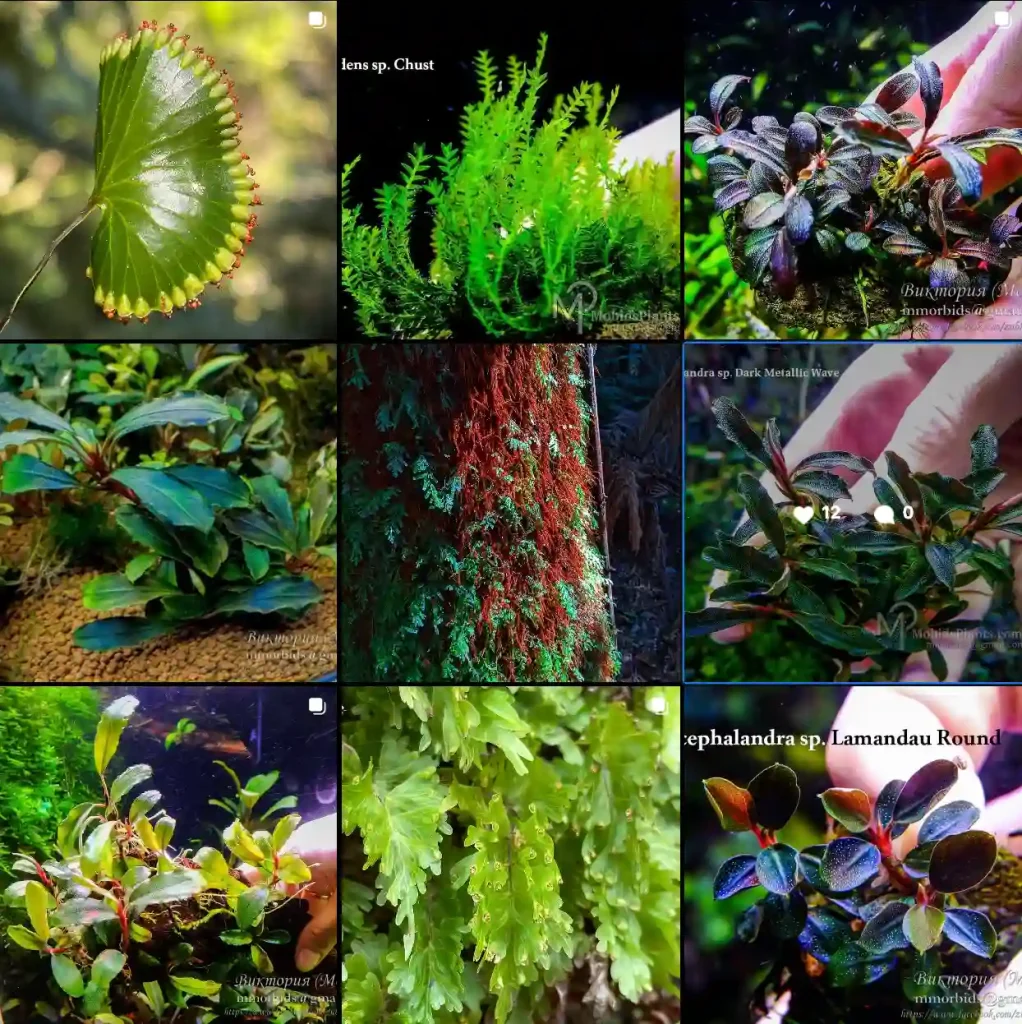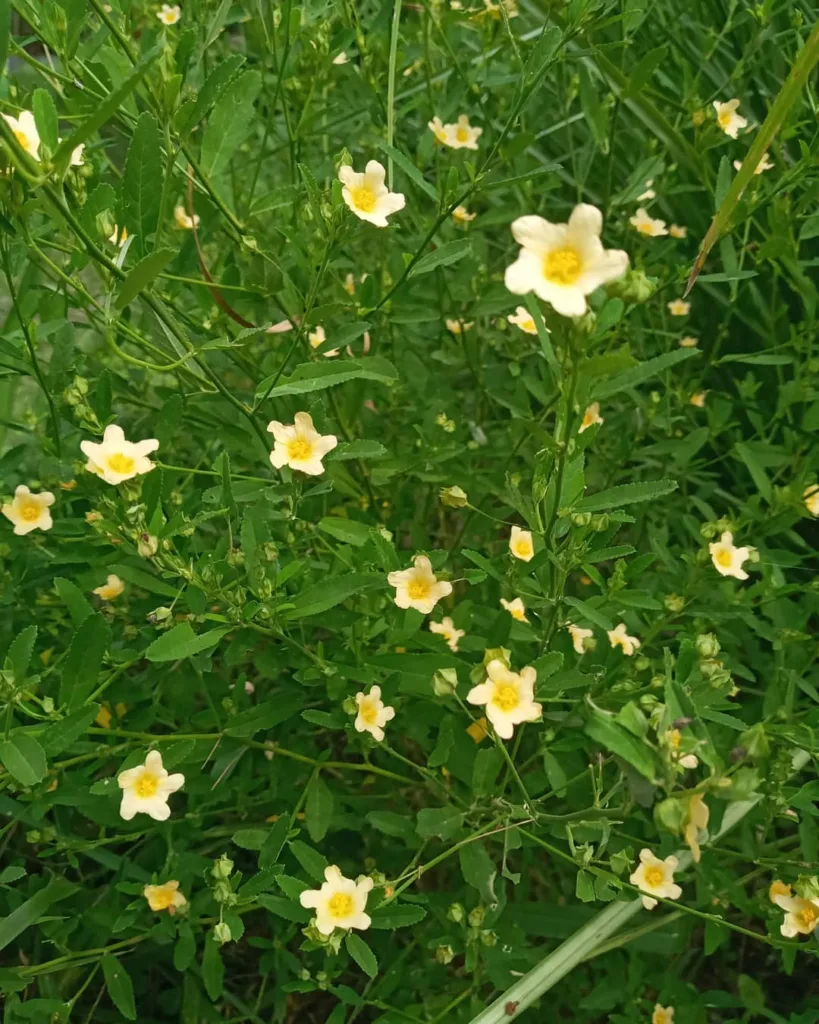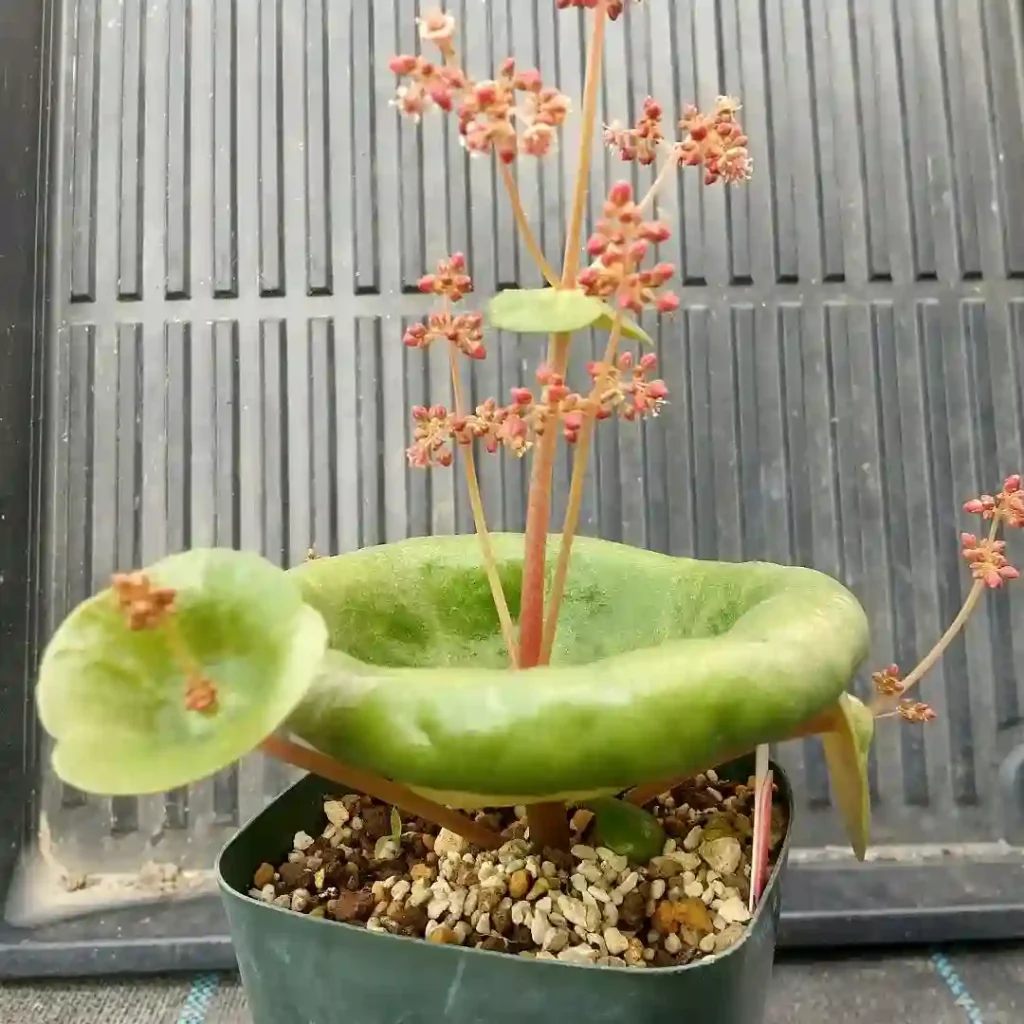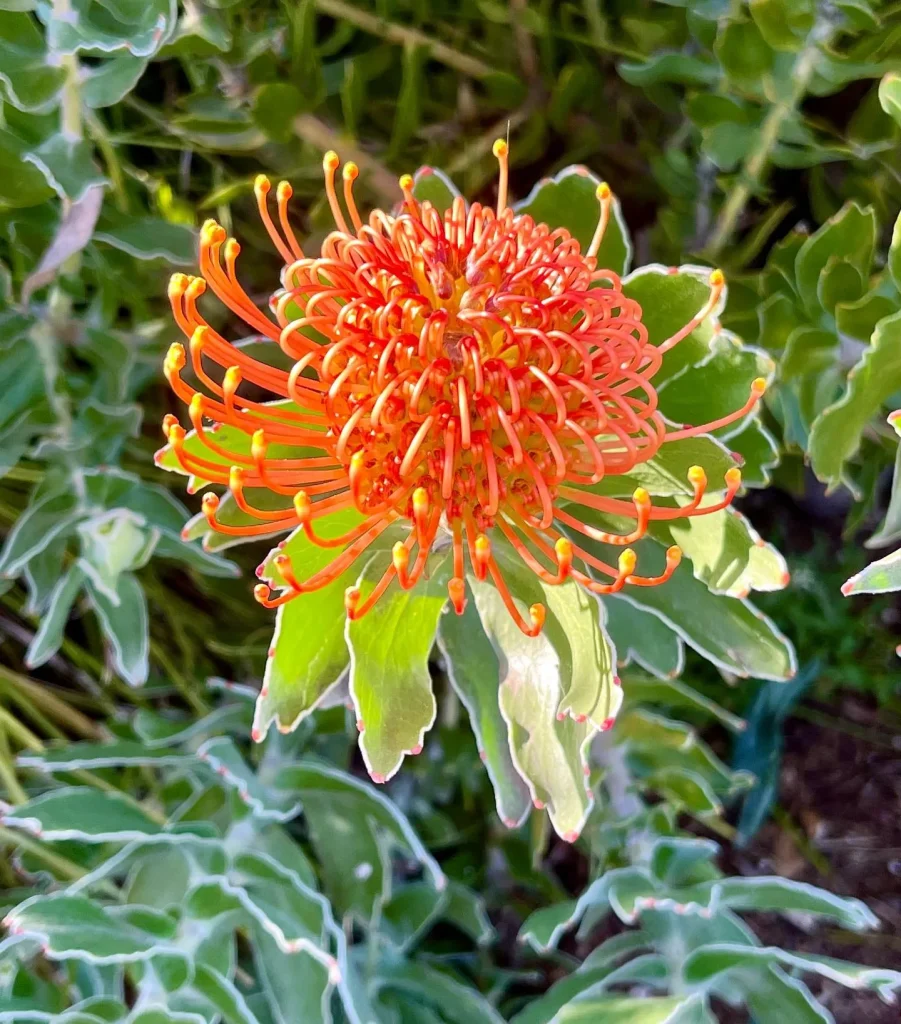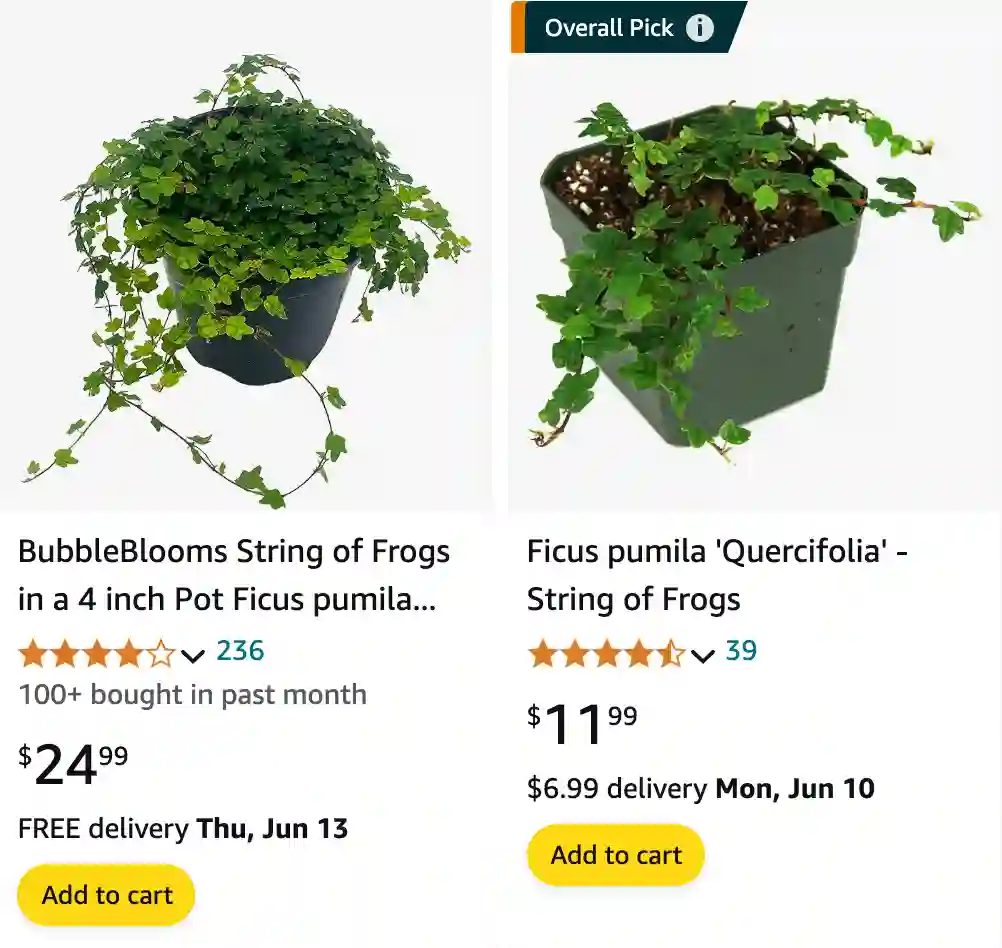
The Enduring Allure of the Ficus Pumila Quercifolia
For the past few years, I’ve been on a mission to cultivate a miniaturized jungle within my apartment. Experimenting with various terrarium plants has become a delightful obsession, and one of my recent discoveries, the Ficus pumila Quercifolia, has stolen a special place in my heart.
This petite powerhouse, also known as the Oak Leaf Creeping Fig, boasts stunning foliage that resembles miniature oak leaves. Its cascading vines and manageable growth habit make it a dream for terrariums and container gardens. But beyond its aesthetics, the Ficus pumila Quercifolia offers a surprising amount of resilience, thriving in a range of conditions.
Intrigued by its potential, I embarked on a journey to learn everything I could about this captivating plant. Here, I share my experiences and insights, hoping to ignite your own passion for the Ficus pumila Quercifolia.
880 Species in Genus Ficus
What is Ficus Pumila Quercifolia?
This miniature marvel belongs to the Ficus family, closely related to the popular Ficus pumila, or Creeping Fig. However, the Quercifolia variety stands out with its distinctively lobed leaves, resembling miniature oak leaves in a vibrant emerald hue. Unlike its larger cousin, the Quercifolia maintains a compact growth pattern, making it ideal for confined spaces.
Native to Southeast Asia, the Ficus pumila Quercifolia thrives in warm, humid environments. In its natural habitat, it climbs and creeps across surfaces, adding a touch of verdant magic to the landscape. This climbing nature translates beautifully to terrariums and hanging planters, where its cascading vines create a lush, cascading effect.
Finding the Perfect Plant
Your Ficus pumila Quercifolia adventure can begin at your local nursery or online retailers specializing in unique houseplants. Look for a healthy plant with vibrant green leaves and sturdy stems. Avoid plants with yellowing leaves or signs of pests.
How to care for Ficus Pumila Quercifolia?
Light: The Ficus pumila Quercifolia prefers bright, indirect light. Avoid harsh, direct sunlight, which can scorch the leaves. A location near an east-facing window provides excellent growing conditions.
Soil: Opt for a well-draining potting mix specifically formulated for houseplants. Adding perlite or orchid bark to your chosen mix can further enhance drainage.
Watering: Consistent moisture is key, but avoid overwatering. Water your Ficus pumila Quercifolia when the top inch of soil feels dry to the touch.
Humidity: As a native of Southeast Asia, the Ficus pumila Quercifolia appreciates high humidity. Grouping your plant with other moisture-loving plants or using a pebble tray filled with water can help maintain the desired humidity level.
Fertilization: During the growing season (spring and summer), a light application of balanced fertilizer once a month can benefit your Ficus pumila Quercifolia. However, avoid over-fertilizing, as this can damage the roots.
Pruning: Pruning is a fantastic way to encourage bushier growth and maintain the desired shape of your Ficus pumila Quercifolia. Simply snip off any leggy or overgrown stems using sharp, sterilized pruning shears. The cuttings can even be used for propagation (more on that later!).
How to propagate Ficus Pumila Quercifolia?
The beauty of the Ficus pumila Quercifolia is its ease of propagation. Here’s how you can create new plantlets from your existing one:
- Select healthy stem cuttings with at least two nodes (the bumps where leaves emerge).
- Remove the lower leaves, leaving a couple of nodes exposed.
- Dip the cut end of the stem in rooting hormone (optional, but can encourage faster root growth).
- Plant the stem cutting in a pot filled with moist, well-draining potting mix.
- Place the pot in a warm, humid location with bright, indirect light.
- Keep the soil consistently moist but not soggy.
- Within a few weeks, you should see signs of new growth!
Unveiling the Ficus pumila Quercifolia’s Perfect Companions
While the Ficus pumila Quercifolia shines on its own, it also thrives when paired with other terrarium or container garden favorites. Here are some ideal companions:
- Air Plants (Tillandsia): These low-maintenance wonders share similar humidity needs and don’t require soil, making them perfect for creating a visually striking and effortless terrarium arrangement.
- Fittonia (Nerve Plant): The stunning foliage of the Fittonia, with its intricate network of veins, complements the Ficus pumila Quercifolia’s emerald hues beautifully. Both plants also appreciate consistently moist soil.
- Miniature Ferns: Ferns add a touch of delicate elegance to any terrarium. Choose varieties that thrive in moderate to high humidity, like the maidenhair fern or button fern.
- Peperomia: With their diverse leaf shapes and textures, Peperomia varieties offer endless possibilities for creating a miniature landscape within your terrarium. Most Peperomia varieties prefer similar watering needs to the Ficus pumila Quercifolia.
Troubleshooting Common Ficus pumila Quercifolia Issues
Drooping Leaves: This is often a sign of underwatering. Ensure the soil is consistently moist but not soggy.
Yellowing Leaves: Several factors can contribute to yellowing leaves, including overwatering, lack of light, or nutrient deficiency. Adjust your watering schedule, provide brighter indirect light, or fertilize sparingly.
Pests: While generally pest-resistant, mealybugs or scale can occasionally become a nuisance. Treat them with insecticidal soap or neem oil solution.
If i die, water my plants!
